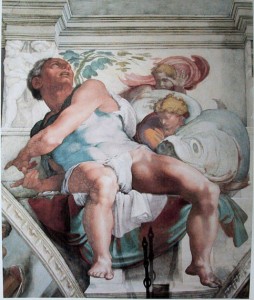
Joseph Campbell, the remarkable mythologist and author of The Hero with a Thousand Faces, uncovered basic patterns, structures and stages that are common to mythologies across time and culture, forming what he terms the Monomyth. The Calling is the opening of the myth, followed by the Initiation or Journey.
Having answered “The Calling,” the hero is now ready to embark upon her or his harrowing journey, frequently beginning with the intervention and assistance of a mentor or supernatural aid. It is often said that when one steps through the door of the unknown, many hands reach out to help; this is perhaps a modern restatement of this classic truth. In The Ring Cycle, by Wagner, the hero Siegfried forges the great sword “Nothung” to defeat the fierce dragon Fafner. The mentor and supernatural aid represent the protective powers of fate and destiny. When one has embarked upon one’s true spiritual journey, to align one’s Ego and Soul, all of what you need will become available to you – because it is all within you.
